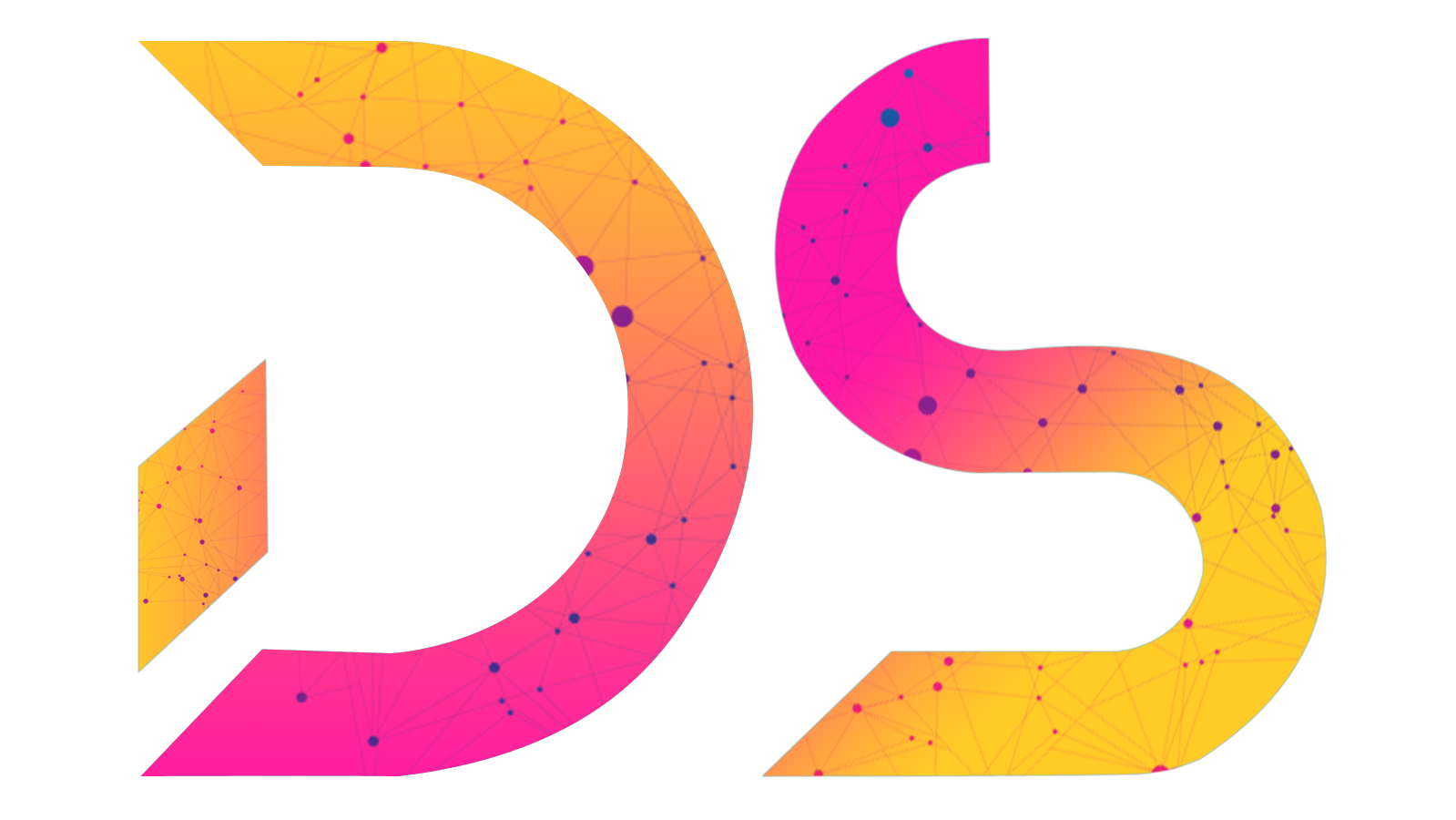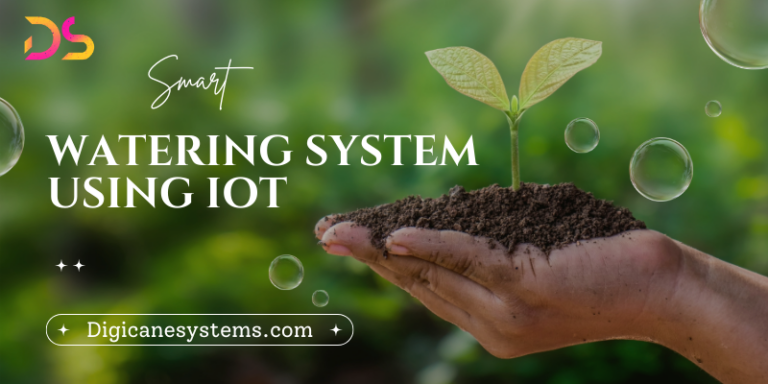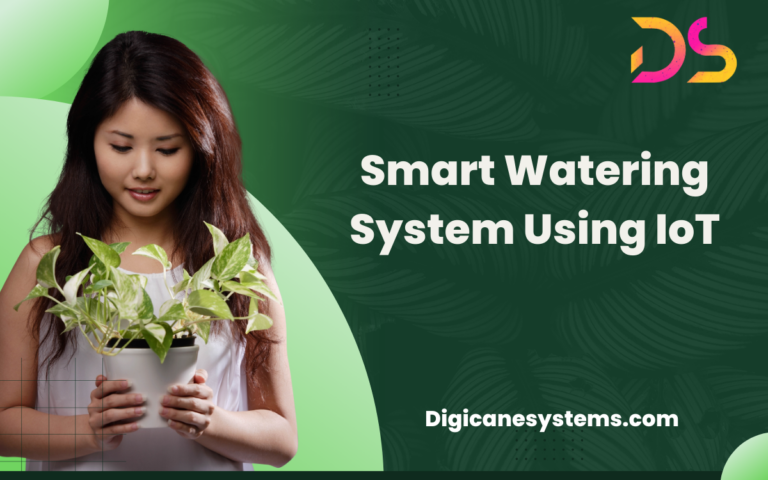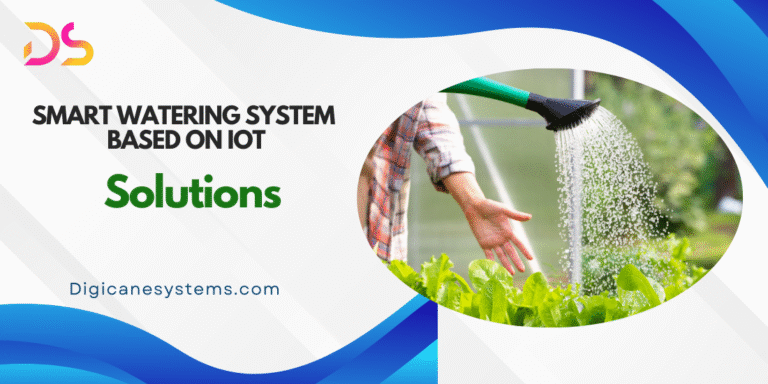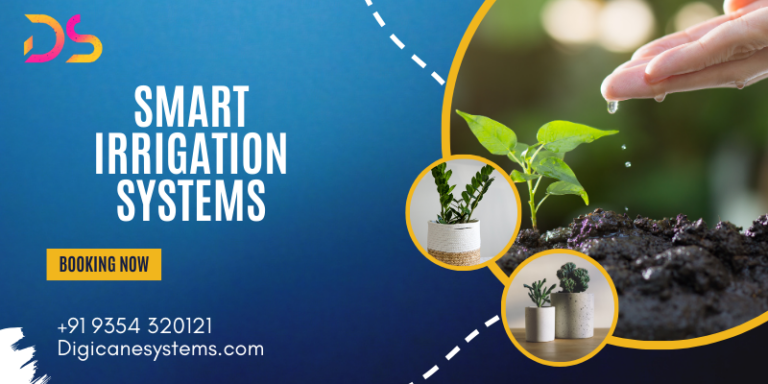Understand Smart Irrigation System Using IoT
The sector of agriculture has a variety of problems to face that range from water shortages to changes in the climate. To address this problem, a Smart Irrigation System using IoT is being developed. This revolutionary technology has radically changed the way of managing water in agriculture.
Digicane Systems will be able to understand how to use the Smart Irrigation system, its degree of connectivity to networks with protocols, the benefits and more.
Understand Smart Irrigation System Using IoT
Modern Smart watering system utilize IoT devices to control the quantity of water that is supplied by using analytics and automated. Contrary to other methods that can be adjusted they are able to adapt to the specific environment to ensure that water is evenly distributed. To understand their value you must dive into the depths that are involved in IoT and the communications that enable the system to function.
IoT Levels In Smart Irrigation by Digicane Systems
IoT systems usually operate at four levels:
1. Sensing Level:
This is where data collection takes place. The smart irrigation level of IoT includes sensors for soil moisture, weather sensors, as well as other environmental sensors.
2. Network Level:
This phase focuses on distribution of the information. This is where the various protocols begin to come into action.
3. Service Level:
At this stage, processing and analysis of data are carried out. Control verticals in cloud platforms as well as edge computing devices operate here to process the gathered data.
4. Application Level:
This article discusses how users interact with the system. This is usually via smartphones or online applications that regulate irrigation systems.
Communication Protocols in IoT for Smart watering system

Communication Protocols used in IoT are the most crucial for the interconnection of the various types and kinds of devices, so they can transfer data at high speeds. Some of the most popular protocols used for Smart watering system using IoT are:
1. MQTT (Message Queuing Telemetry Transport):
Designed for high-latency, low-bandwidth circumstances, MQTT is a great option for applications that require a distant location.
2. CoAP (Constrained Application Protocol):
The most popular among low-power devices, it is perfect to sensors that require the lowest amount of power.
3. LoRaWAN (Long Range Wide Area Network):
This protocol allows communication over a long distance, while consuming only a small amount of power and therefore is suitable for farms with large numbers of animals.
4. Zigbee:
A low-power, short-range protocol is typically used to build mesh networks of sensors within the field.
5. NB-IoT (Narrowband IoT):
This technology for cellular networks is gaining recognition because it gives a wide coverage and requires little power.
Functional Blocks Of IoT-Based Smart Irrigation Systems
Understanding the essential elements of IoT smart irrigation systems can help you understand what IoT level and protocols for communication interact:
1. Soil Moisture Sensors:
Based on the sensor level these devices determine how much water is that is in the soil. This is an important concept to the process of irrigation.
2. Weather Stations:
They also collect data regarding temperatures, humidity, rainfall and wind speed at the sense level.
3. Microcontrollers:
They include devices like Arduino and Raspberry Pi, which work at the service level, providing process of processing data and managing of the devices that are actuating.
4. Actuators:
The use of smart valves and pumps regulate the flow of water according to decisions taken on the server level.
5. Wireless Gateways:
These are devices at the network level which aid in the connecting of sensors to cloud platforms by using one or the other protocol.
6. Cloud Platform:
It is a component of a service that stores and processes data. The use of machine learning in making decisions is often added.
7. User Interface:
At the moment farmers can use apps for their smartphones, or an online portal to take part with the application.
